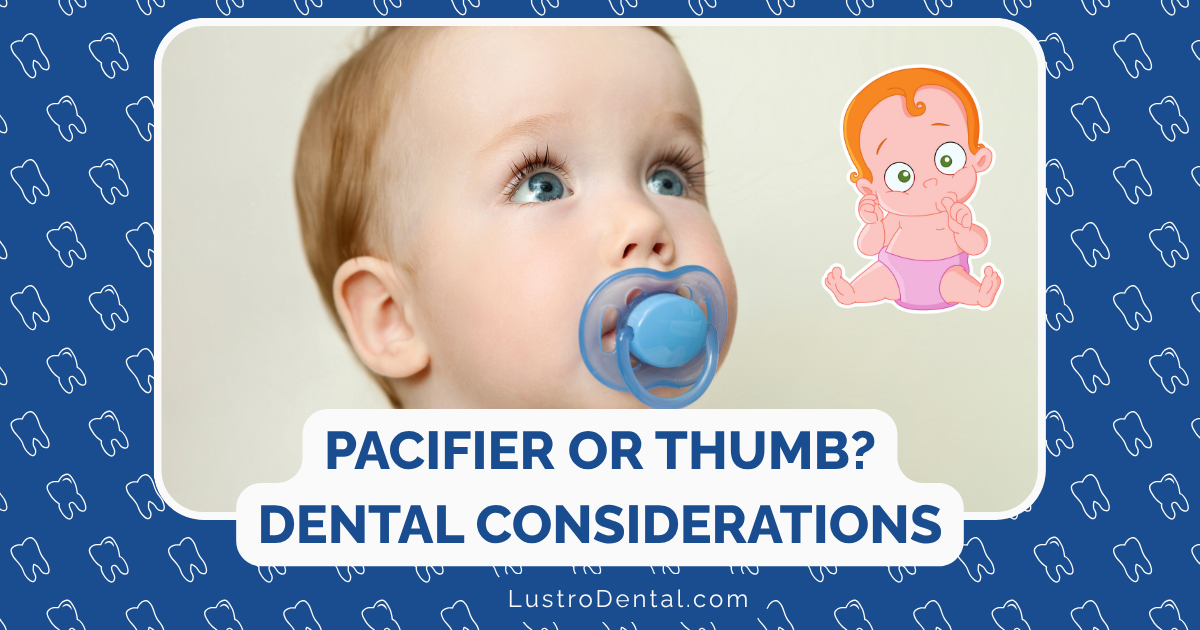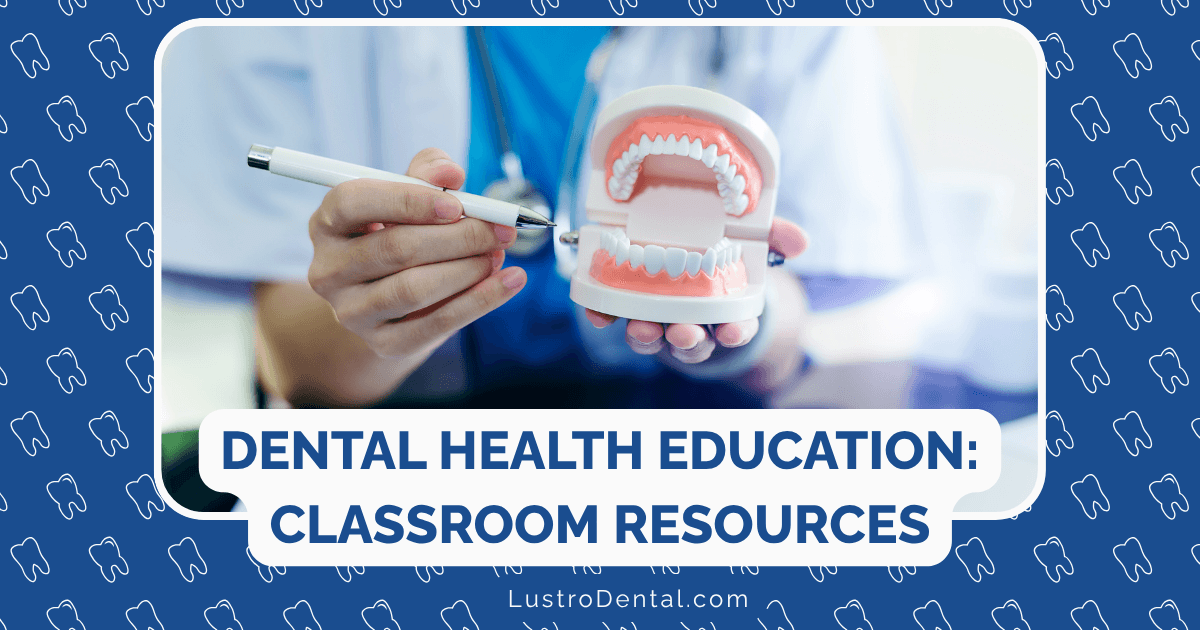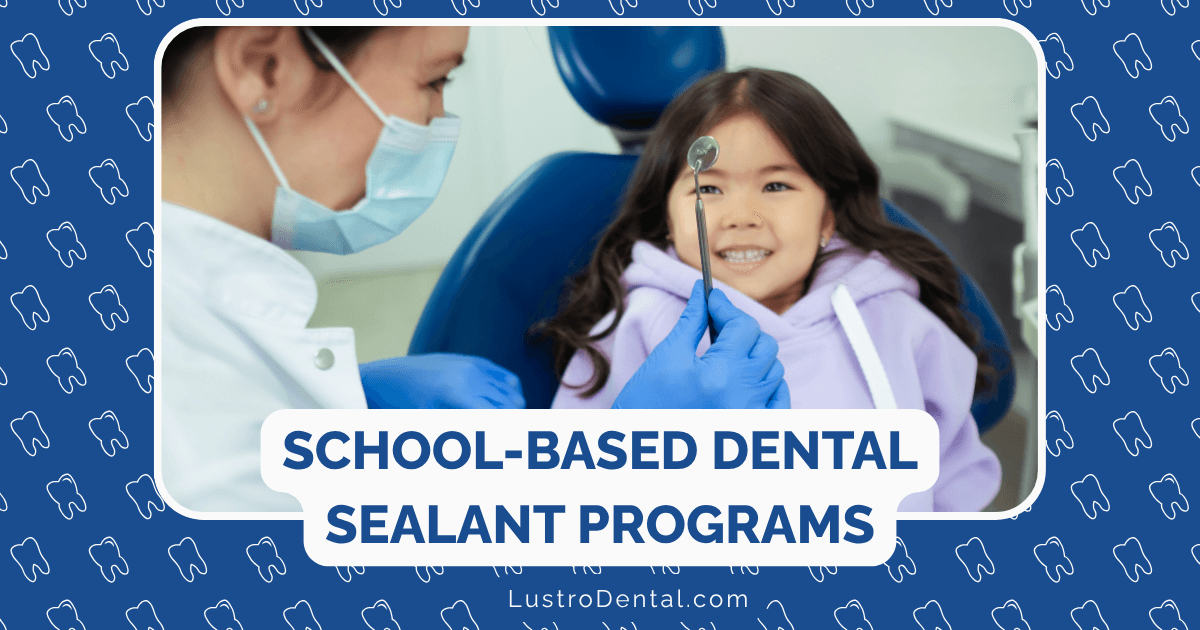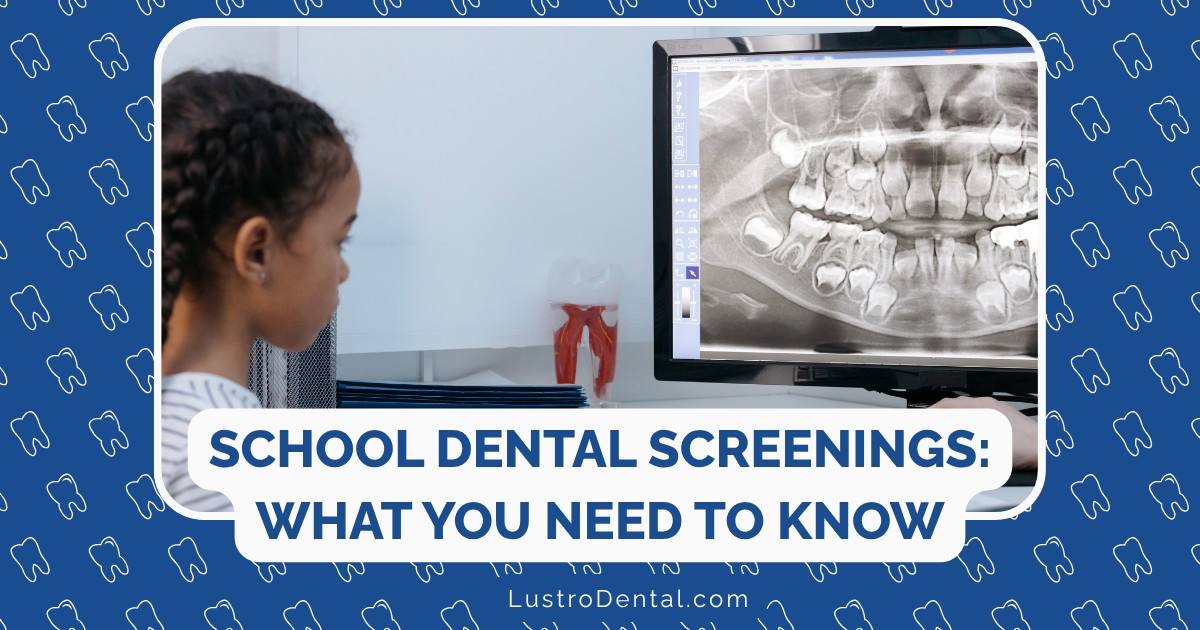Pacifiers vs. Thumb Sucking: Which Is Better for Dental Development?

For many parents, watching their baby contentedly suck on a thumb or pacifier brings a sense of relief. These natural soothing behaviors help infants self-regulate, find comfort, and often sleep better. But as children grow, questions arise about how these habits might affect developing teeth and jaws.
If you’re weighing the pros and cons of pacifiers versus thumb sucking, you’re not alone. Research shows that approximately 70-90% of children engage in non-nutritive sucking behaviors during their early years. Both habits serve important developmental functions, but they can also impact dental development if they persist too long.
This comprehensive guide examines the dental implications of both habits, helping you make informed decisions about what’s best for your child’s oral development.
Understanding Non-Nutritive Sucking Behaviors
Before comparing pacifiers and thumb sucking, it’s important to understand why these behaviors are so common and developmentally significant:
The Biological Basis
Sucking is one of the most primitive and powerful reflexes in infants. It begins before birth—ultrasound images often capture fetuses sucking their thumbs in the womb—and continues as a source of nourishment, comfort, and sensory exploration after birth.
Dr. Sarah Johnson, pediatric dentist at Grand Rapids Dentists, explains: “Non-nutritive sucking—sucking that’s not associated with feeding—helps babies regulate their emotions, find comfort, and even develop oral motor skills. It’s a normal, healthy part of infant development.”
Developmental Timeline
Most children naturally outgrow non-nutritive sucking behaviors:
- Birth to 6 months: Sucking reflexes are strongest; both pacifiers and thumb sucking are very common
- 6 to 12 months: Sucking for comfort continues to be important as babies develop
- 1 to 2 years: Many children begin to reduce their reliance on sucking for comfort
- 2 to 4 years: Most children naturally stop thumb sucking or pacifier use during this period
- Beyond 4 years: Continued habits may begin to impact dental development
How Sucking Affects Dental Development
Both thumb sucking and pacifier use exert forces on developing teeth and oral structures. These forces can influence:
- Tooth position: Front teeth may be pushed forward or tilted
- Palate shape: The roof of the mouth can become narrower or higher
- Jaw growth: The development of the upper and lower jaws may be affected
- Bite alignment: How the upper and lower teeth meet when biting
Dr. Michael Chen of Sun Valley Pediatric Dentistry notes: “The impact of sucking habits on dental development depends on four key factors: frequency (how often), intensity (how forcefully), duration (how long each session), and longevity (for how many years the habit continues).”
Common Dental Issues Associated with Prolonged Sucking Habits
Anterior Open Bite
What it is: A gap between the upper and lower front teeth when biting down How it happens: Consistent pressure from thumb or pacifier prevents front teeth from erupting fully Potential impact: Difficulty biting foods, speech issues (especially with “s” and “th” sounds)
Overjet (Protruding Front Teeth)
What it is: Upper front teeth that protrude significantly forward How it happens: Pressure pushes upper teeth outward while lower teeth may tilt inward Potential impact: Increased risk of dental trauma, self-consciousness about appearance
Posterior Crossbite
What it is: Upper back teeth bite inside the lower back teeth (opposite of normal) How it happens: Sucking creates negative pressure that narrows the upper jaw Potential impact: Asymmetrical jaw growth, potential TMJ issues later in life
Palatal Changes
What it is: Narrowing or heightening of the roof of the mouth How it happens: Tongue position during sucking and pressure from the thumb or pacifier reshape the palate Potential impact: Breathing issues, crowded teeth, speech difficulties
Pacifiers: Pros and Cons for Dental Development
Potential Advantages of Pacifiers
- Easier to discontinue: Parents can control access, making it easier to wean compared to thumb sucking
- Orthodontic designs available: Some pacifiers are specifically designed to minimize dental impact
- SIDS reduction: The American Academy of Pediatrics notes pacifier use during sleep may reduce SIDS risk in the first year
- Predictable shape: The consistent shape may cause more uniform pressure than thumbs
- Hygiene control: Pacifiers can be cleaned, reducing germ exposure
Potential Disadvantages of Pacifiers
- Dependency on external object: Children may become distressed when the pacifier is lost or unavailable
- Potential for overuse: The ease of giving a pacifier may lead to offering it too frequently
- Ear infection correlation: Some studies suggest a correlation between frequent pacifier use and middle ear infections
- Unnatural shapes: Some non-orthodontic pacifiers may create more problematic pressure patterns
Dr. Emily Rodriguez, orthodontist at Lanik DDS, explains: “Orthodontic pacifiers are designed with a flattened nipple that puts less pressure on developing teeth and better accommodates natural tongue position. While they’re not perfect, they may reduce some dental impacts compared to traditional round pacifiers.”
Thumb Sucking: Pros and Cons for Dental Development
Potential Advantages of Thumb Sucking
- Always available: Children can self-soothe anywhere, anytime
- Self-regulation development: May promote independent emotional regulation
- No lost objects: No middle-of-the-night searches for missing pacifiers
- Natural shape: The thumb’s shape may be more anatomically compatible with the palate
- No additional cost: No need to purchase, replace, or clean separate items
Potential Disadvantages of Thumb Sucking
- Harder to discontinue: Can be more difficult to break since thumbs are always available
- Hygiene concerns: Thumbs can introduce germs from various surfaces
- Potential skin irritation: Prolonged sucking can cause calluses or skin issues
- Variable pressure: The intensity of thumb sucking can vary widely and may be more forceful than pacifier use
- Longer duration: Thumb sucking often persists longer than pacifier use
The Verdict: Which Is Better for Dental Development?
The short answer: Neither habit is inherently better or worse for dental development if discontinued at an appropriate age. Both can cause similar dental issues if they persist too long.
According to a 2025 study from Gilbert Arizona Dental, the key factors that determine dental impact are:
- When the habit stops: Ideally before age 4 when permanent teeth begin developing
- Intensity of the habit: Passive sucking causes less impact than vigorous sucking
- Duration throughout the day: Constant sucking has more impact than occasional use
- Individual dental predisposition: Some children are more prone to dental changes than others
Dr. James Wilson, pediatric dentist at Morris Dental Clinic, summarizes: “From a purely dental perspective, the ideal scenario is for either habit to naturally fade by age 3-4. If I had to choose between the two, I might slightly favor pacifiers simply because parents have more control over weaning. However, both can be appropriate for young children when managed thoughtfully.”
Age-Appropriate Guidelines for Both Habits
Birth to 12 Months
During infancy, both habits are generally considered beneficial:
- Pacifiers may reduce SIDS risk when used during sleep
- Both provide important comfort and self-regulation
- Neither habit typically causes dental concerns at this age
- Consider introducing an orthodontic pacifier if using pacifiers
Recommendation: Support either habit as needed for comfort.
1 to 2 Years
At this stage, habits continue to provide comfort with minimal dental impact:
- Begin limiting pacifier use to sleep times and moments of distress
- No need to actively discourage thumb sucking yet
- Consider introducing alternative comfort objects (special blanket or stuffed animal)
Recommendation: Begin gradual reduction of dependency but without pressure.
2 to 4 Years
This is the transition period when habits should ideally begin to fade:
- Actively work on weaning from pacifiers, with complete discontinuation ideally by age 3
- Begin gentle discouragement of thumb sucking, using positive approaches
- Consult with a pediatric dentist if either habit is very intense or frequent
Recommendation: Active but gentle discouragement of both habits.
4 Years and Beyond
At this stage, intervention becomes more important:
- Continued habits may begin affecting permanent teeth
- More structured approaches to habit cessation are appropriate
- Consider professional guidance if habits persist
- Regular dental monitoring becomes essential
Recommendation: More active intervention for either habit that persists.
Strategies for Weaning from Either Habit
For Pacifiers
- Gradual reduction: Limit pacifier use to specific times (naps, bedtime)
- Modify the pacifier: Some parents cut a small hole in the tip to reduce suction satisfaction
- Pacifier fairy: Create a special ritual where the child gives pacifiers to the “pacifier fairy” in exchange for a gift
- Cold turkey: For some children, a clean break works better than gradual reduction
- Substitute comfort objects: Introduce alternative soothing items like special blankets or stuffed animals
For Thumb Sucking
- Positive reinforcement: Create reward systems for thumb-free periods
- Gentle reminders: Establish a private signal to remind your child when they’re sucking unconsciously
- Identify triggers: Notice when thumb sucking occurs most and develop alternative responses
- Physical reminders: Non-punitive reminders like a colorful bandage or special thumb ring
- Nighttime approaches: Soft gloves or thumb sleeves for unconscious nighttime sucking
Dr. Lisa Patel, child psychologist, emphasizes: “The approach to weaning should always be positive and supportive, never punitive or shame-based. Children respond best to encouragement and understanding rather than criticism of these self-soothing behaviors.”
Special Considerations
Children with Special Needs
Children with sensory processing differences, anxiety, or developmental delays may rely on sucking habits for longer periods:
- Work closely with healthcare providers to determine appropriate timelines
- Consider the overall emotional benefit versus dental impact
- Develop individualized approaches that respect the child’s needs
Dental Monitoring
Regardless of which habit your child has, regular dental visits are essential:
- First dental visit by age 1 or within 6 months of first tooth eruption
- Regular monitoring of dental development every 6 months
- Early intervention if dental changes begin to appear
When to Seek Professional Help
Consider consulting a pediatric dentist or orthodontist if:
- Your child continues either habit beyond age 5
- You notice visible changes in tooth position or bite
- Your child has difficulty pronouncing certain sounds
- You’ve tried multiple approaches to habit cessation without success
Recovery After Habit Cessation
The good news is that many dental changes will self-correct after the habit stops, especially if:
- The habit ends before permanent teeth fully erupt (around age 6)
- The changes are mild to moderate
- The child has good overall oral development
Dr. Chen notes: “The mouth has remarkable capacity for self-correction, particularly in young children. Once the habit stops, normal tongue position, swallowing, and facial growth often guide teeth back toward their proper positions.”
More significant changes, however, may require orthodontic intervention later.
Conclusion: A Balanced Approach
When it comes to pacifiers versus thumb sucking, there’s no definitively “better” option from a dental perspective. Both can serve important developmental functions in infancy and early childhood, and both can potentially impact dental development if they continue too long.
Rather than focusing on which habit is superior, consider:
- Your child’s individual needs and temperament
- Your family’s preferences and parenting style
- A timeline for gradual, supportive weaning by age 3-4
- Regular dental monitoring throughout childhood
Remember that millions of children have used pacifiers or sucked their thumbs and gone on to have perfectly healthy smiles. With thoughtful management and appropriate dental care, either habit can be part of normal, healthy development without lasting dental consequences.
What has been your experience with pacifiers or thumb sucking? Share your stories and questions in the comments below!







